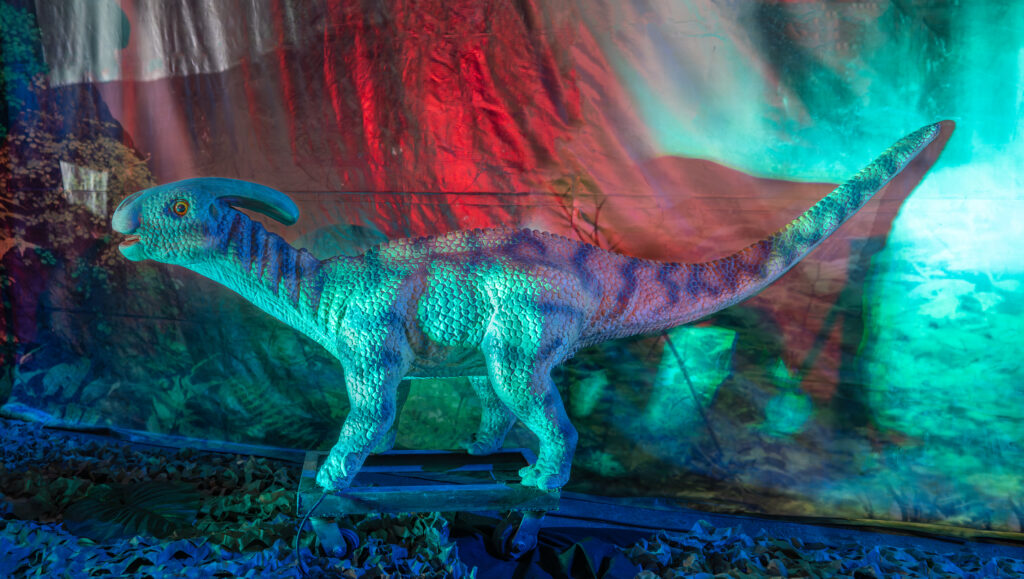For decades, scientists painted dinosaurs in dreary shades of brown and gray, treating these ancient giants like oversized lizards. But what if those Hollywood monsters were actually sporting brilliant blues, shocking reds, or intricate patterns that would make a peacock jealous? The truth is, determining dinosaur coloration has been one of paleontology’s most fascinating puzzles, where educated guesswork meets cutting-edge science in ways that continue to surprise researchers worldwide.
The Gray Giants Myth That Dominated Museums
Walk into any natural history museum from the 1980s, and you’d find dinosaur reconstructions that looked like they’d been dipped in mud. Scientists defaulted to neutral tones because they seemed “safe” – after all, many large modern animals like elephants and rhinos sport similar color schemes. This conservative approach wasn’t based on evidence but rather on the assumption that bigger meant duller.
The problem was that paleontologists were thinking too much like, well, paleontologists. They focused on bones and teeth while ignoring the vibrant world of animal coloration that exists today. Modern birds, dinosaurs’ closest living relatives, showcase every color imaginable, from the electric blue of a jay to the impossible iridescence of a hummingbird’s throat.
When Fossilized Feathers Changed Everything
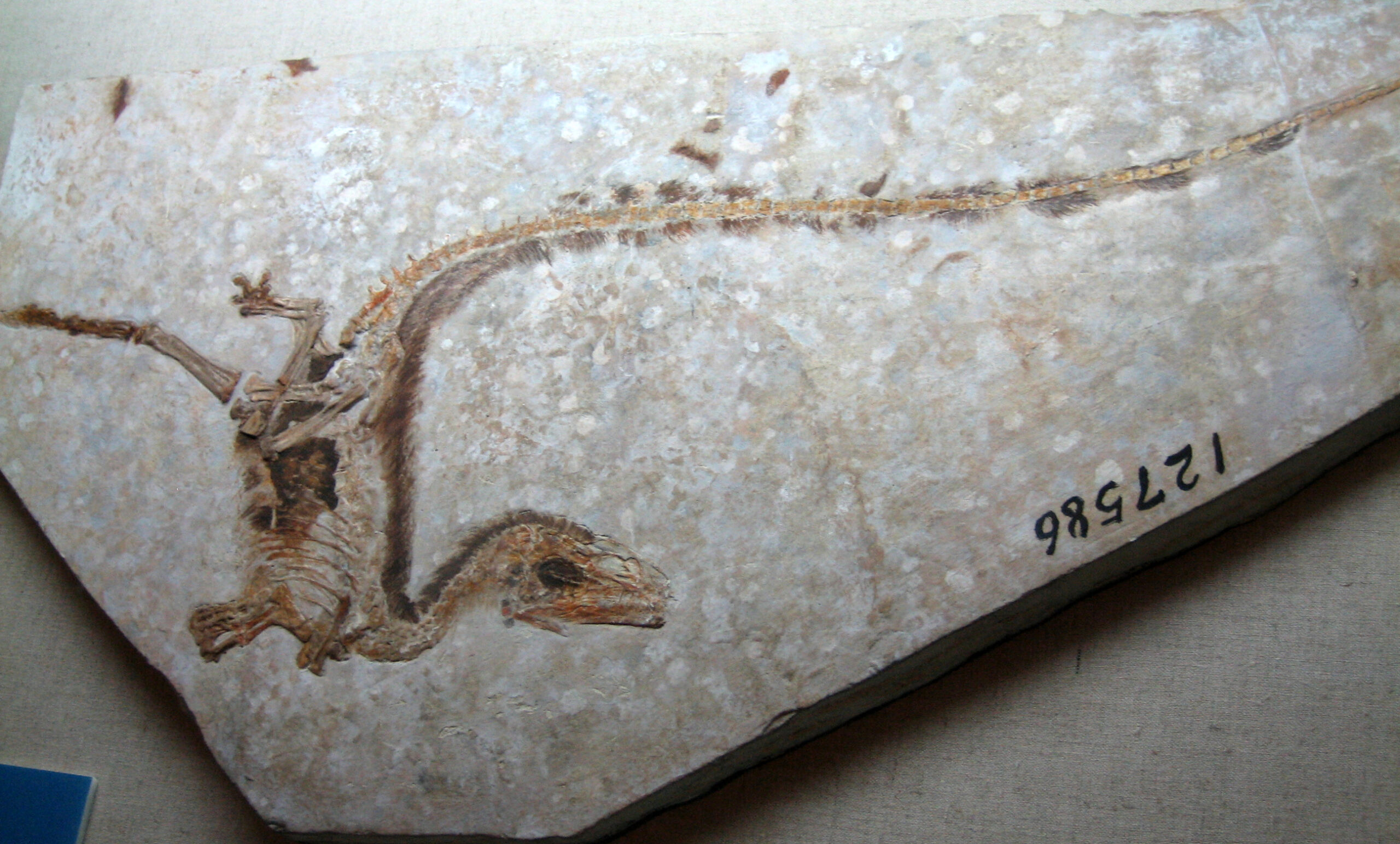
In 2008, a discovery in China’s Liaoning Province turned the paleontology world upside down. Scientists found a small dinosaur called Sinosauropteryx with something extraordinary – preserved melanosomes, the cellular structures that create color in modern animals. These tiny organelles had survived 125 million years, locked away in fossilized feathers like microscopic time capsules.
The breakthrough came when researchers realized these melanosomes weren’t just random blobs. Their shape, size, and arrangement directly corresponded to specific colors in living birds. Rod-shaped melanosomes produced black and gray, while spherical ones created reddish-brown hues. Suddenly, dinosaur coloration shifted from pure guesswork to actual science.
The Melanin Detective Work Revolution
Understanding how melanosomes work is like having a prehistoric paint chart. Scientists can now examine fossilized feathers under powerful microscopes and decode the color patterns based on the shape and density of these preserved structures. It’s similar to how forensic experts analyze fingerprints – each pattern tells a specific story.
The process involves comparing fossil melanosomes to those found in modern birds with known colors. If a dinosaur’s fossilized feathers contain the same type of melanosomes found in a cardinal’s red plumage, scientists can confidently say that dinosaur sported similar reddish tones. This method has revolutionized our understanding of prehistoric life, painting a much more vibrant picture of the Mesozoic Era.
Borophagus and the Structural Color Mystery
Not all dinosaur colors came from melanin alone. Some of the most spectacular hues in nature result from structural coloration – where microscopic arrangements of tissue create colors through light interference rather than pigments. Think of a soap bubble’s rainbow surface or the electric blue of a morpho butterfly’s wings.
Recent research suggests that some dinosaurs may have possessed similar structural coloration systems. Fossilized feathers from certain species show microscopic structures that could have produced brilliant blues, greens, and even shifting iridescent effects. These discoveries challenge our assumptions about prehistoric life, suggesting that some dinosaurs were walking light shows rather than drab earth-toned creatures.
The Anchiornis Color Breakthrough
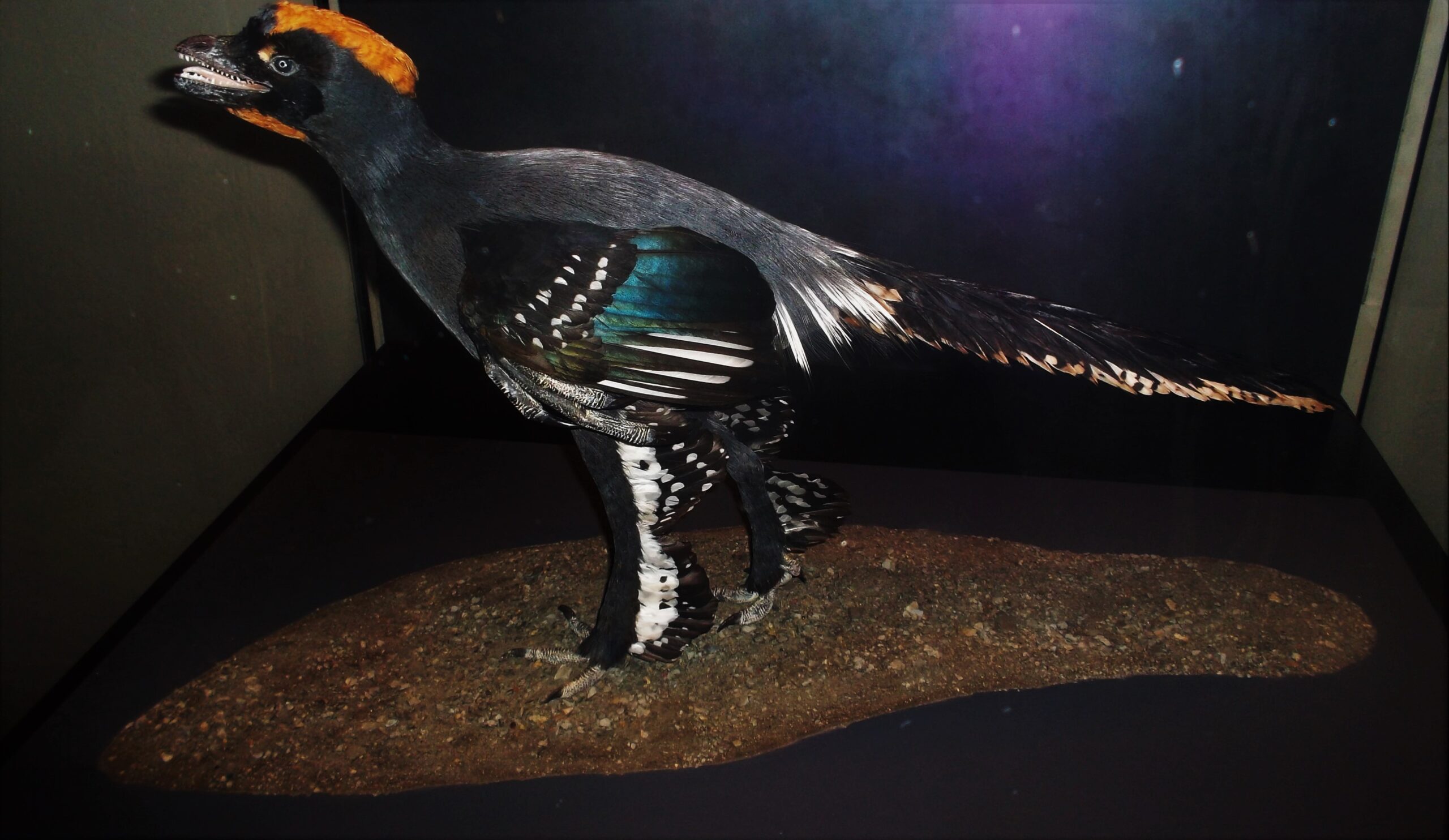
Perhaps no dinosaur has been more thoroughly “painted” by science than Anchiornis, a small feathered dinosaur from the Late Jurassic period. In 2010, researchers published the first complete color reconstruction of any dinosaur, revealing that Anchiornis was primarily black with distinctive white wing patches and a reddish-brown crest.
This wasn’t guesswork – it was based on detailed analysis of melanosomes from multiple fossil specimens. The reconstruction showed that Anchiornis would have looked remarkably like a modern woodpecker, with bold contrasting patterns that likely played roles in species recognition and possibly sexual display. The discovery proved that dinosaurs weren’t just colorful – they were sophisticated in their coloration patterns.
Why Dinosaur Colors Matter Beyond Pretty Pictures
Determining dinosaur coloration isn’t just about making museum displays more exciting. Color patterns reveal crucial information about how these animals lived, behaved, and interacted with their environments. Camouflage patterns suggest predator-prey relationships, while bright colors might indicate sexual selection or territorial displays.
Scientists can also use coloration data to understand prehistoric ecosystems. If a dinosaur had forest-appropriate camouflage, it tells us about the vegetation and light conditions of its habitat. Bright warning colors might suggest the presence of toxins or defensive mechanisms. Each color pattern is like a behavioral fingerprint, providing insights into the complex social dynamics of prehistoric life.
The Limits of Fossilized Evidence
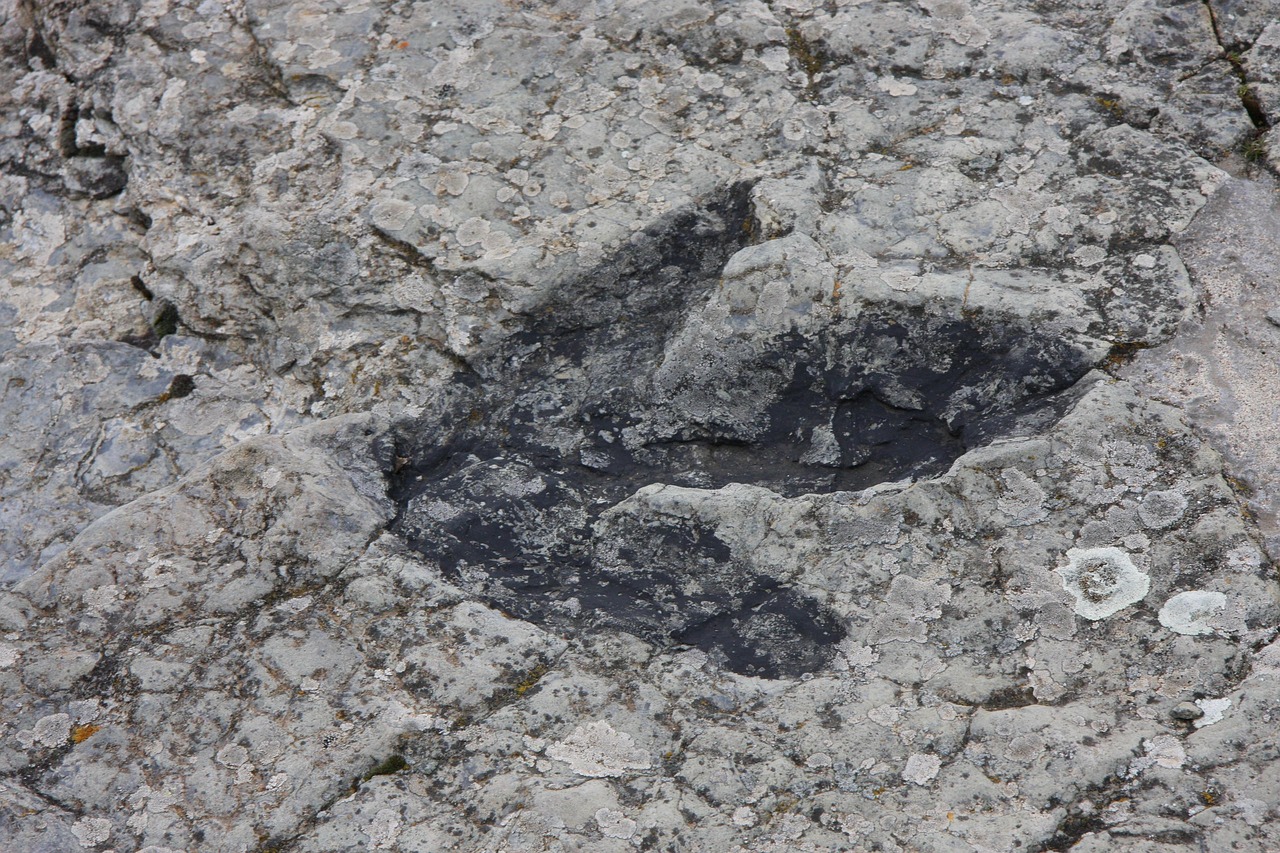
Despite these exciting advances, scientists still face significant limitations when reconstructing dinosaur colors. Melanosomes only preserve under very specific conditions, and most dinosaur fossils lack the soft tissue preservation necessary for color analysis. This means researchers are working with a tiny sample size compared to the vast diversity of dinosaur species.
Additionally, melanin-based colors represent only part of the spectrum. Many modern animals use carotenoid pigments to create yellows, oranges, and some reds – but these organic compounds rarely survive fossilization. The result is that scientists can reconstruct some dinosaur colors with confidence, but others remain educated guesses based on ecological principles and comparisons to modern animals.
Modern Animals as Prehistoric Color Guides
When direct fossil evidence isn’t available, scientists turn to modern animals for clues about dinosaur coloration. This approach involves studying the relationship between an animal’s environment, behavior, and color patterns. Large herbivores in open environments today often have muted colors for camouflage, while forest-dwelling species might sport more varied patterns.
Predatory dinosaurs likely followed similar rules to modern predators – many probably had countershading (dark on top, light below) to break up their silhouettes while hunting. Pack hunters might have had distinctive markings for recognition, while solitary predators could have been more uniformly colored. These comparisons help fill in the gaps where fossil evidence is lacking.
The Sexual Display Color Theory
One of the most intriguing aspects of dinosaur coloration research involves sexual selection. Many modern animals use bright colors and elaborate patterns to attract mates, and there’s growing evidence that dinosaurs did the same. Crested dinosaurs like Parasaurolophus might have had brilliantly colored head crests, while large predators could have sported impressive display features.
Scientists look for clues in bone structure and fossil arrangements to support these theories. Dinosaur species with elaborate crests, frills, or other ornamental features probably had corresponding color patterns to enhance their visual impact. This research is changing how we view dinosaur behavior, suggesting complex social interactions and mating rituals that rivaled those of modern birds.
Environmental Clues and Habitat Colors

The environment where dinosaur fossils are found provides crucial context for color reconstruction. Dinosaurs from ancient forest environments likely had different coloration than those from open plains or coastal areas. Scientists examine fossilized plant material, geological formations, and climate data to understand the lighting conditions and vegetation that would have influenced dinosaur evolution.
Desert-dwelling dinosaurs probably had light-colored skin for heat reflection, while species from dense forests might have had more complex patterns for camouflage among shadows and vegetation. These environmental factors serve as powerful predictors when direct color evidence isn’t available, helping researchers make educated guesses about prehistoric appearance.
Technology’s Role in Color Detection

Advanced imaging techniques are revolutionizing how scientists detect and analyze fossilized color structures. Electron microscopy can reveal melanosomes invisible to the naked eye, while spectroscopy helps identify the chemical signatures of different pigments. These technologies allow researchers to extract color information from fossils that previously seemed to hold no such secrets.
Computer modeling also plays a crucial role in color reconstruction. Scientists can simulate how different melanosome arrangements would have appeared in life, accounting for factors like feather structure and light reflection. These digital reconstructions help bridge the gap between microscopic fossil evidence and the full-color dinosaur representations we see in museums and documentaries.
The Future of Dinosaur Color Science
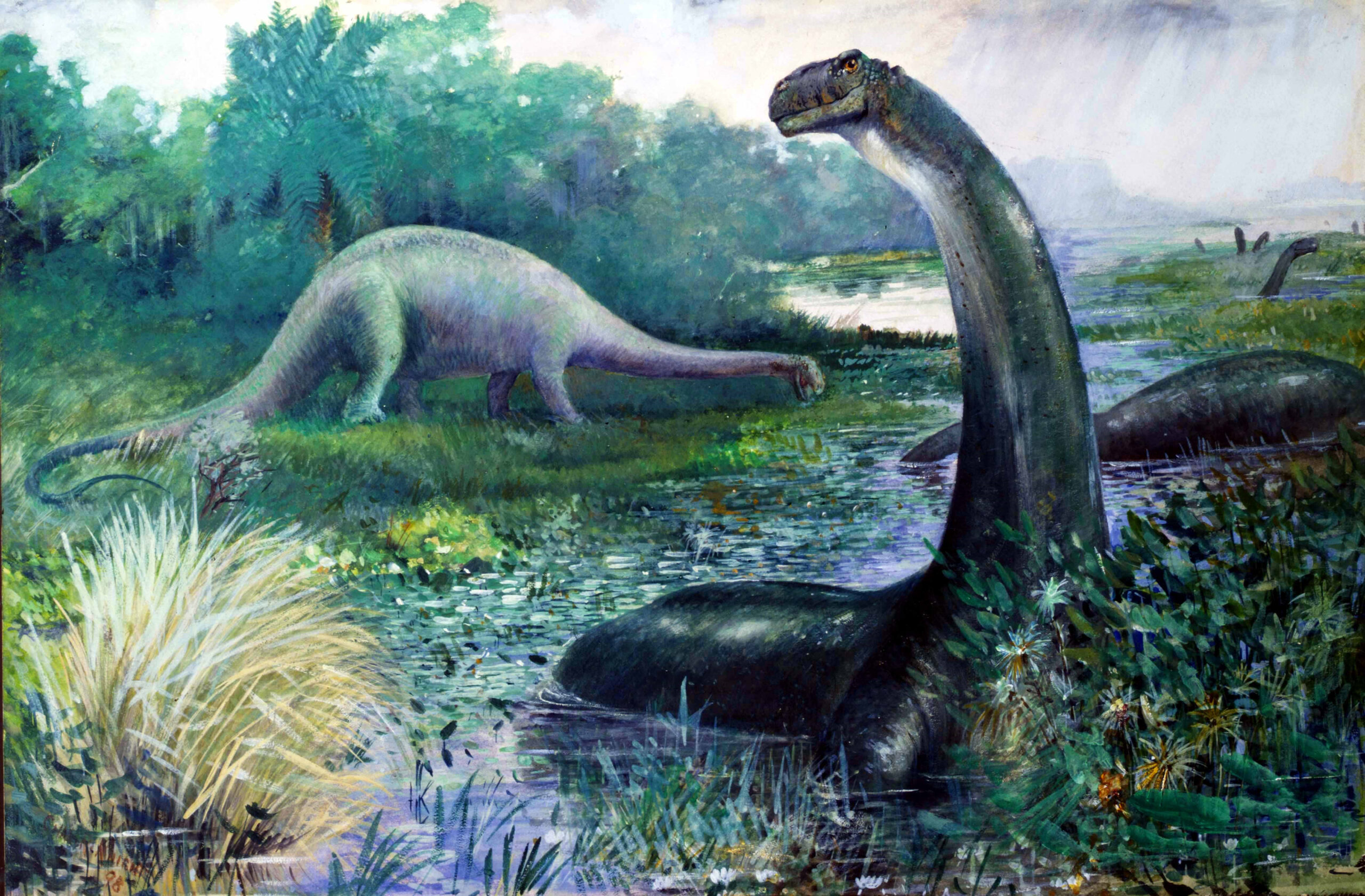
As technology continues to advance, scientists expect to uncover even more sophisticated color systems in dinosaur fossils. Researchers are developing new methods to detect previously unknown pigments and structural color mechanisms. Some teams are even exploring ways to identify color-changing abilities, similar to those found in modern chameleons or cuttlefish.
Future discoveries might reveal that some dinosaurs had ultraviolet vision and corresponding UV-reflective color patterns invisible to human eyes. Others might have possessed bioluminescent capabilities for communication in dark environments. These possibilities push the boundaries of what we consider scientifically reasonable while opening new avenues for understanding prehistoric life.
When Guesswork Becomes Good Science
The evolution of dinosaur color research demonstrates how scientific guesswork can transform into rigorous methodology. What began as arbitrary artistic choices has become a sophisticated field combining chemistry, physics, and evolutionary biology. Modern paleontologists no longer guess at dinosaur colors – they deduce them using multiple lines of evidence.
This transformation shows how science adapts and improves over time. Early researchers weren’t wrong to be cautious about dinosaur coloration – they simply lacked the tools and knowledge to make informed conclusions. Today’s scientists build on decades of research, using advanced technology and comparative biology to paint increasingly accurate pictures of prehistoric life.
The Continuing Color Mystery
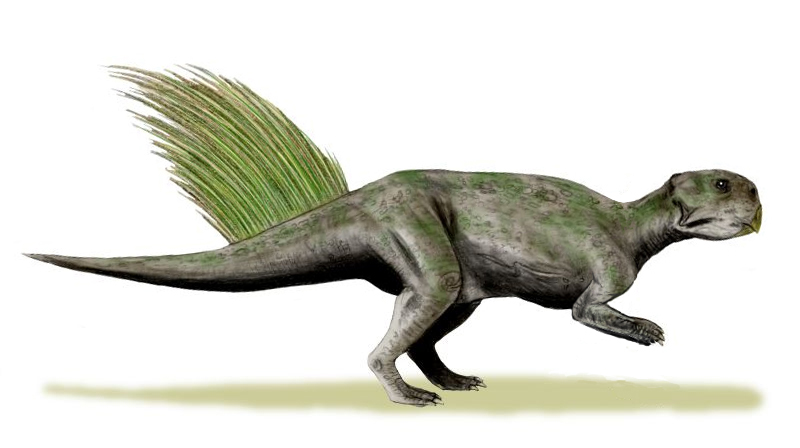
Despite remarkable progress, dinosaur coloration remains one of paleontology’s most actively evolving fields. Each new discovery adds pieces to the puzzle, sometimes confirming existing theories and other times completely overturning them. The recent revelation that some dinosaurs had iridescent feathers came as a complete surprise, suggesting that many more color-related discoveries await future researchers.
Scientists continue to refine their techniques and discover new fossil sites with exceptional preservation. Every well-preserved feather, scale, or skin impression has the potential to reveal new information about dinosaur appearance and behavior. The field remains dynamic, with new color reconstructions regularly updating our understanding of these magnificent creatures.
Scientists have transformed dinosaur coloration from pure imagination into legitimate scientific inquiry through careful analysis of fossilized evidence and comparative biology. While we may never know the exact appearance of every dinosaur species, the combination of preserved melanosomes, environmental context, and modern animal comparisons provides increasingly accurate reconstructions. The journey from gray museum displays to vibrant, scientifically-backed color schemes represents one of paleontology’s most visually stunning achievements. What other prehistoric secrets might be hiding in the fossil record, waiting to surprise us with their unexpected beauty?

